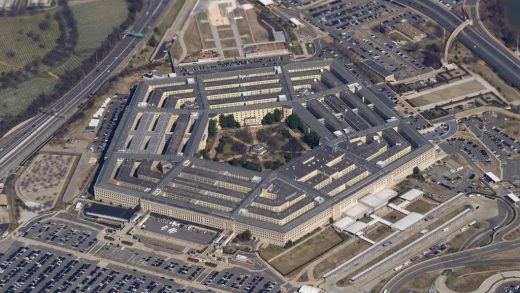
Ambulance staff spent 3000 extra hours – or 125 days – waiting to transfer patients to emergency departments around the country last month, as hospitals have been overwhelmed with an earlier than expected flu season, along with Covid-19.
St John data shows ambulance “ramping” has become a major issue, causing delays as staff are unable to leave patients at emergency departments.
The service expects staff to spend 30 minutes at emergency departments transferring patients, with “ramping” being the time spent on top stuck in ambulance bays.
On Friday St John warned people will face long waiting times for non-urgent problems as the service continues to operate under immense pressure, with the winter flu season coming earlier than expected and the ongoing Omicron Covid-19 outbreak.
READ MORE:
* Covid-19: St John Ambulance still swamped by demand as Auckland case numbers drop
* Covid-19: St John urges Aucklanders to save 111 calls for emergencies not advice
* Independent ambulance providers tell St John ‘use us’ to aid staff shortages
In the past week a person waited 14 hours to be transported from a GP surgery to hospital, St John deputy chief executive Dan Ohs said in Christchurch on Friday.
Higher winter activity had come much earlier than anticipated, he said, and ongoing staffing shortages meant response times for urgent calls were not as fast as they would like.
supplied/Stuff
St John Ambulance data showing total hours ambulances spent waiting at emergency department bays, in excess of 30 minutes.
“Right now we’re receiving 14% more 111 calls than we would anticipate for our upper limit at this time of year. That’s translating to 10% extra additional demand on our staff in terms of response.”
The service was under-staffed by 120 roles and had 100 staff off sick, on average.
For some shifts the service “ran ambulances down” – when ambulances cannot be staffed at all – due to staff shortages.
Christel Yardley/Stuff
Ambulance ramping outside emergency departments is causing further delays for the service, St John deputy chief executive Dan Ohs said.
“Our worst day was May 14, when we had five fewer ambulances than we would hope,” Ohs said, referring to the Auckland region.
For urgent cases, pressures on the service meant they were not achieving faster response time targets of eight minutes, but a majority were responded to within 15 minutes, Ohs said.
He asked the public with non-urgent problems to consider calling their GP or Healthline, before 111.
“Of course, if there is a life-threatening problem call 111, and we will attend.
“But if you call us for a non-life threatening problem you can expect to get a call back from a registered nurse or a paramedic who will attempt to provide you the same care and advice over the phone that I would provide in person.”
For those who still needed an ambulance, they should expect a delay, Ohs said.
Examples of non-urgent calls were people who had been prescribed an antibiotic but believed it wasn’t working, people who had run out of paracetamol and others who needed transport to their GP to get stitches removed, he said.
Ambulance ramping was helping create pressure..
Staff were so busy they sometimes went for seven to eight hours without a break, but the organisation was committed to protecting their health and welfare, Ohs said.
Abigail Dougherty/Stuff
Ohs says the welfare of staff is important and in some instances breaks are prioritised over attending patient call-outs.
“In some instances we will prioritise our staff getting breaks over attending to patients.
“That’s very important because we need to keep our staff well and we need to keep them at work, so we can’t work them continuously through a 12-hour shift.”
Ohs said St John was in discussions with the Government about additional funding for staffing, but it would still take several months to recruit them.


